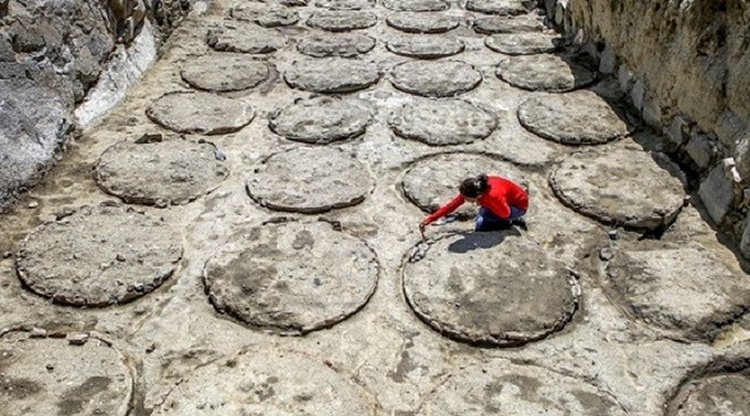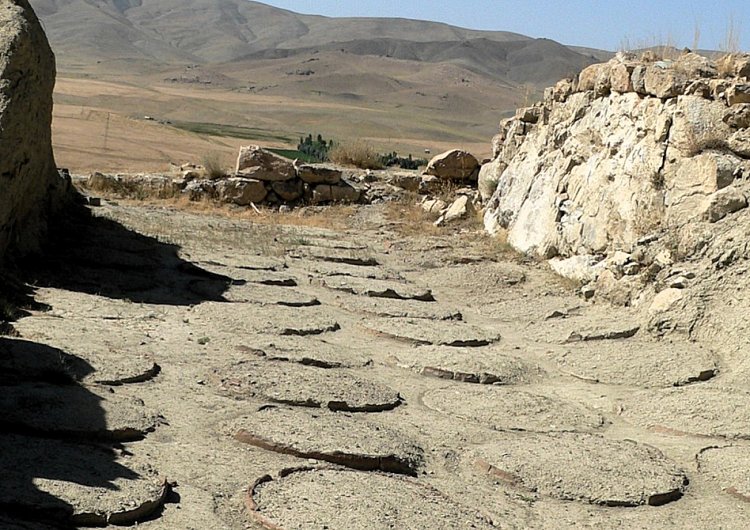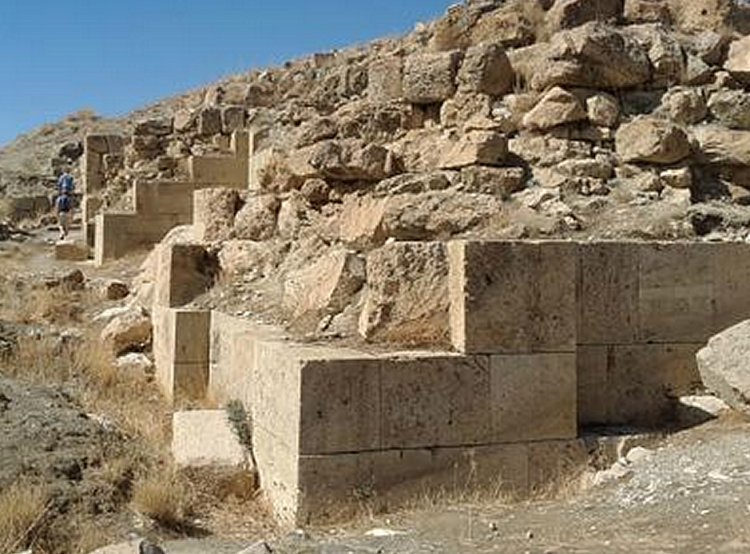2,800-Year-Old Urartu Jars Uncovered In Eastern Turkey
At this time, using the common hand tool trowel, some researchers are looking into the secrets of an ancient kingdom. Historians believe they have discovered ruins that are estimated to be over 2,800 years old in the eastern Van region, Turkey.
The pithos burial chambers, which are like large ceramic jars, are thought to be from the Kingdom of Urartu, which ruled the country from the mid-ninth century BC until its defeat by the Medes.
Vans was the capital of the Urartian Kingdom until it fell early in the sixth century BC.

Every summer a team of around 50 archaeologists take part in an annual excavation at Van Fortress in a bid to uncover treasures that have been buried for thousands of years.
With permission from the country’s Ministry of Culture and Tourism university teams have been working together.
They are currently working at the top of the fortress, where a palace was located, and the northern quarter.
‘Our work is aimed at repairing and further protecting Old Van City,’ Dr Erkan Konyar from Istanbul University said according to Todays Zaman.
‘We are carrying out work to protect the areas that we have worked on in previous years. ‘
Just 38km from Van excavation work is also taking place at Urartu Castle. This year they discovered part of the walls.
Head of Excavation Doç. Dr Mehmet Işıklı, told Hurriyet Daily News: ‘This made us very excited, as even though these walls witnessed great earthquakes, their architecture remained quite robust and unchanged.







